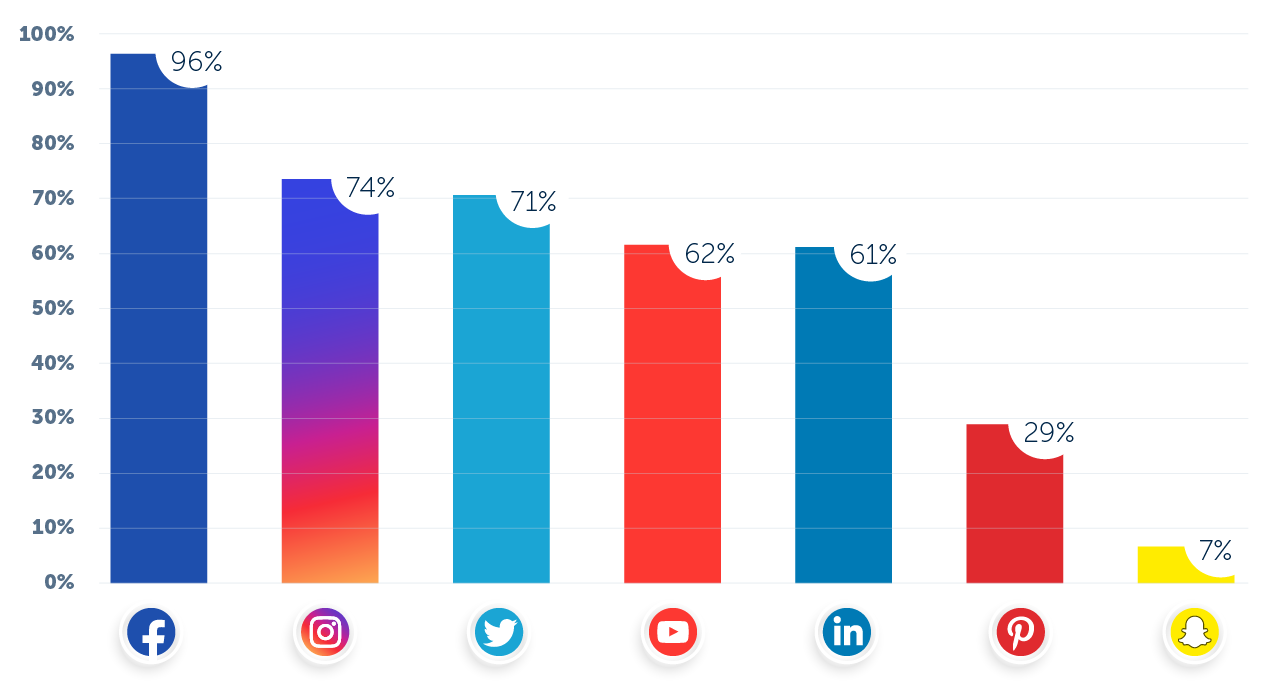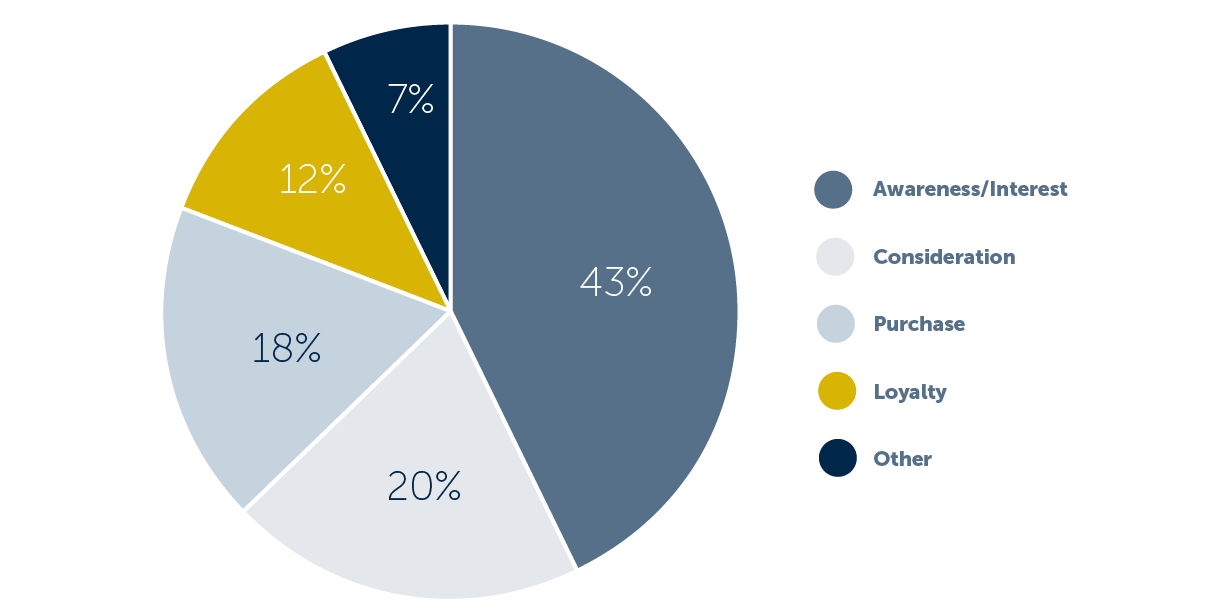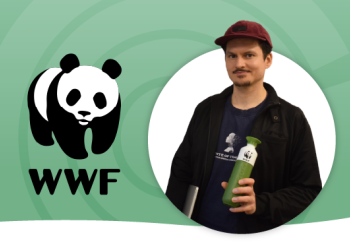The State of Content & Social Media in 2020
Recently, the renowned Content Marketing Institute presented the results of their annual research into the state of B2C content marketing. Their survey involved over 1,700 content marketers, who were asked about their budgets, goals and success. The results were captured in an impressive report of 37 pages. We’re sharing 8 outcomes we found most remarkable.

1. The lack of content strategy remains concerning
Content is king. The world of marketing increasingly shows it understands that traditional advertising is devaluating. Content that matches an audience’s perception is the only response to this issue. This realization has led to increased content marketing budgets, highly trained professionals and lots – we mean LOTS - of content.
The problem? Content often lacks a thorough plan behind it. And if the content strategy does in fact exist, it’s only rarely documented.
The CMI research shows that 71% of the content strategist use a strategy to create content, compared to 74% last year. Only 33% has actually documented this content strategy, same as in 2019. This is worrying, in a field where professionals want to move forward, want to take accountability for their contribution to organizational goals and want to share knowledge internally. How can you share knowledge at scale when you don’t have anything in writing?
2. Social media content is as popular as ever
Content is produced in all shapes and sizes, but it’s almost always associated with social media. Social media posts and stories still are the most popular type of content, followed by blog posts and emails.
Types of content that B2C brands have used in the past year

3. Paying for content distribution is on the rise
Social media algorithms have made it nearly inevitable: pay for views. If you want to be sure your post will be shown to a large audience, you will have to dig in your pockets. It’s something we tend to do more and more.
Last year 68% of the respondents paid for content distribution at least once. This year the share of B2C content marketers that has used paid methods has risen to 85%. Of this group, 89% used social media advertising, the most popular type of paid content distribution.
4. Facebook continues to be the biggest, by far
Ask a 1000 consumers what their favourite social media platform is, and you probably won’t be hearing ‘Facebook’ a lot. Instagram, TikTok and YouTube have momentum, right? That’s what the annual consumer social media statistics tell us, anyway.
A different reality arises when we’re looking at the business side of social media. Although Instagram and YouTube have also come to be important social media for content marketers, Facebook is still the uncontested number one. 96% of B2C brands use the platform for organic content distribution.
Even though consumers aren’t really posting on Facebook as much as they once did, the platform still attracts users and content marketers are making good use of that fact.
Social media platforms B2C brands have used for organic content distribution in the past year

Facebook is ruling in paid methods of content distribution as well. Out of the respondents who advertised on social media in the past year, no less than 95% used Facebook to do so. Instagram tries to keep up; 53% of respondents said they have paid for the distribution of content on the platform at least once. That’s quite a contrast with Twitter for instance.
71% of B2C organizations use Twitter for the organic distribution of content, but only 16% of has used the platform to advertise in the past year.
Social media platforms B2C brands have used for paid content distribution in the past year

Facebook isn’t just the most popular, it is the platform where content marketers are most successful as well. Respondents selected Facebook as the platform that generated most content marketing results, both paid and organic.
5. Analytics tools are becoming increasingly popular

Social media publishing and planning tools are crucial to content marketers. No wonder this type of software is the most popular in the content marketing field by far. The growth of (web) analytics tools is remarkable, though. In 2019, these tools were used by 71% of content marketers, being 83% this year.
This trend underlines the growing importance of analysis and accountability. You simply can’t just create content and hope it will set off the desired effect. You have to be able to prove results, show the value of your work.
What’s more, you should actually be able to predict the success of your content beforehand. You have to account for your work, explain why your content is worth your time. Therefore, you need insights into your target audience and industry. This explains perfectly why last year, the same CMI research showed that social media listening was the most popular research technology last year. At the time, 70% of content marketers made use of it.
6. The creation of content is most often outsourced
Organizations are heavily divided when it comes to the question whether it’s a smart decision to outsource content marketing. 55% opts for outsourcing (parts of) their content marketing, the other 45% doesn’t. No clear preference can be found there.
Of the brands not having everything in-house, there’s one discipline that is most common to be outsourced: 80% chooses to (partially) outsource content creation. Second is content distribution (37%), follwed by content technology (27%).
7. Content is mainly created for the awareness stage
Content can add value to every stage of the customer journey. In practice however, B2C organizations mainly create content for top funnel goals: content is used to attract attention and spark interest. A mere 12% of content is meant for the retention of existing customers.
Content created per stage of the customer journey

Contentmarketing is alive and kicking
The research of CMI once again emphasizes that content marketing is a mature marketing discipline, that shows no sign of weakening. On the other hand, the report also shows possible improvements. By using a combination of a documented strategy that is in line with your organizational goals and the right analytics, our industry can still improve the process of proving the infinite value of content.



